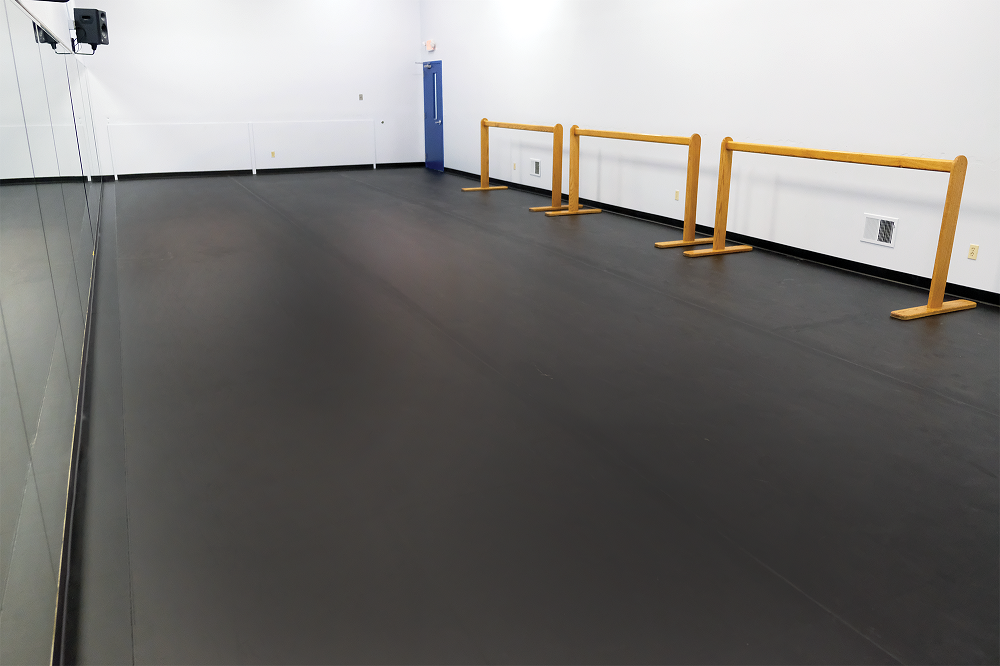Highlighting such Importance in Lighting for Guaranteeing Dancing Area Safety
Wiki Article
Lighting plays a crucial role in ensuring the security of dancing areas, whether in a dance club, a community center, or a school event. Proper illumination helps to create a safe environment by enabling dancers to see their surroundings clearly. This visibility is critical for preventing accidents, such as stumbles and falls, which can occur on crowded or irregular surfaces. Additionally, good lighting aids in ensuring that all dancers are aware of their area and the people around them, reducing the risk of collisions or other incidents on the dance floor.
One of the primary functions of lighting in a dance setting is to enhance visibility. Well-lit and well-placed lights light up the floor, making it easier for dancers to move through their actions. This is especially important in settings where the floor may be crowded or where different dance styles demand various levels of space. When dancers can spot where they are stepping and how much space they have, they can move with increased confidence and avoid potential hazards. For instance, a brightly illuminated floor allows dancers to identify spills or obstacles that could lead check over here to risky situations.
In addition to assisting dancers visualize better, lighting can also contribute to the general ambiance of the event. While some dance locations may use low lighting for visual purposes, it is important to find a balance between ambiance and safety. Flickering or flashing lights can disorient dancers, making it difficult for them to maintain their orientation. Therefore, incorporating soft, steady lighting with brighter spots in critical areas, like exits and pathways, can enhance both the mood and security of the dance floor. This considerate approach promotes a vibrant but safe dancing experience.
Moreover, it is crucial to take into account the types of lighting that are most suited for dance floors. Different light sources, such visit as light-emitting diodes, focused lights, and background lighting, can serve different purposes. LED lights are eco-friendly and can be set to create different colors and effects without compromising brightness. Spotlights can highlight specific areas, such as a stage or a group performance, while ambient lighting sets the overall atmosphere. By thoughtfully selecting and placing these lighting options, event coordinators can make sure that the dance floor stays a safe and enjoyable space for everyone.
In conclusion, the importance of proper lighting in ensuring dance floor safety cannot be overstated. It not only provides the necessary visibility for dancers to move freely and safely but also helps create an inviting environment that encourages participation. Event planners and venue managers must emphasize lighting design when planning dance events to reduce risks and enhance the complete experience. By doing so, they can cultivate a fun, lively atmosphere while maintaining safety at the center of their planning efforts.
